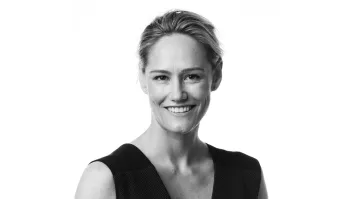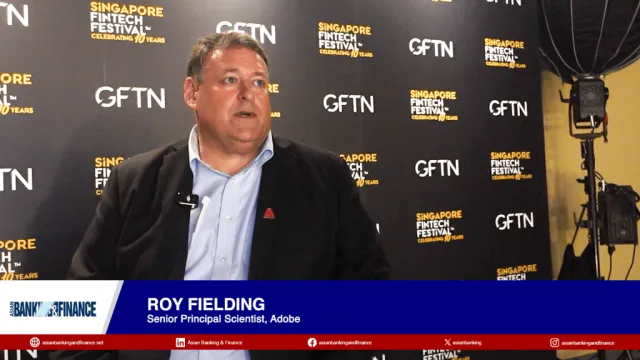
Bank of Singapore unveils new asset allocation framework
It promotes diversification and focuses on minimising loss in the worst-case scenarios.
Bank of Singapore has announced a new asset allocation framework, developed after a year-long study and stress testing of 120,000 portfolios.
The strategic asset allocation (SAA) framework adopts a “robust optimisation” technique” which aims to create investment portfolios adapted to withstand market uncertainties. This enables it to deliver more stable returns, the BOS said in a statement.
The SAA framework has been applied in portfolios across five risk profiles— conservative, moderate, balanced, growth, and aggressive.
Dr. Owi Ruivivar, chief portfolio strategist, led the year-long study and testing of 120,000 portfolios.
BOS said that robust optimisation addresses the limitations of two common techniques used by private banks: mean-variance optimisation (MVO) and market cap-weighted benchmarks.
“It promotes greater diversification across asset classes to reduce risks and focuses on minimising the potential loss in the worst-case scenario to reduce the performance gap between expected (best-case) and worst-case scenarios,” BOS said.
In contrast, MVO underperforms when actual market conditions diverge from forecasts, as it requires accurate forecasts.
Portfolios constructed using the market cap-weighted benchmarks approach tend to be heavily concentrated in the US market, which can be less than ideal given the current environment, it said.

















 Advertise
Advertise







